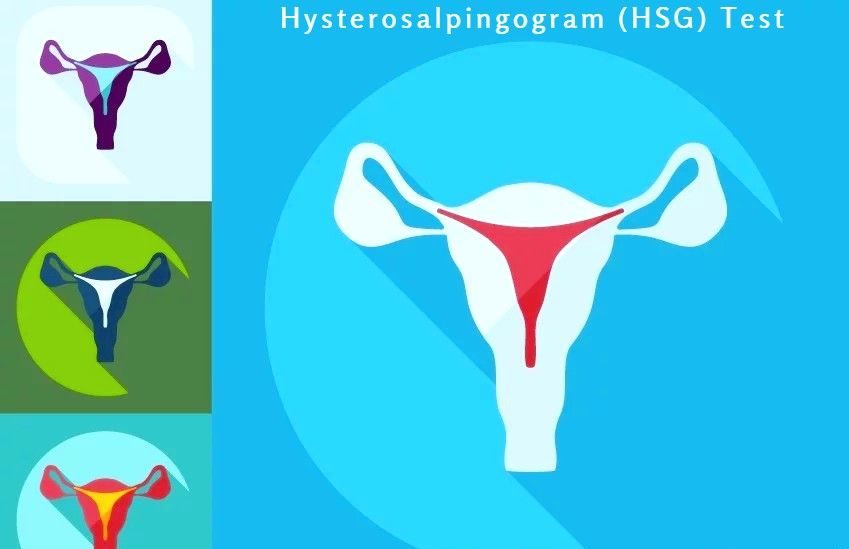
All Services
A hysterosalpingogram or HSG is an x-ray procedure used to see whether the fallopian tubes are patent (open) and if the inside of the uterus (uterine cavity) is normal. HSG is an outpatient procedure that usually takes less than 5 minutes to perform. It is usually done after the menstrual period ends but before ovulation.
How is a hysterosalpingogram done
A woman is positioned under a fluoroscope (a x-ray imager that can take pictures during the study) on a table. The gynecologist or radiologist then examines the patient’s uterus and places a speculum in her vagina. Her cervix is cleaned, and a device (cannula) is placed into the opening of the cervix. The doctor gently fills the uterus with a liquid containing iodine (a fluid that can be seen by x-ray) through the cannula. The contrast will be seen as white on the image and can show the contour of the uterus as the liquid travels from the cannula, into the uterus, and through the fallopian tubes. As the contrast enters the tubes, it outlines the length of the tubes and spills out their ends if they are open. Abnormalities inside the uterine cavity may also be detected by the doctor observing the x-ray images when the fluid movement is disrupted by the abnormality. The HSG procedure is not designed to evaluate the ovaries or to diagnose endometriosis, nor can it identify fibroids that are outside of the endometrial cavity, either in the muscular part of the uterus, or on the outside of the uterus. Often, side views of the uterus and tubes are obtained by having the woman change her position on the table. After the HSG, a woman can immediately return to normal activities, although some doctors ask that she refrain from intercourse for a few days.



